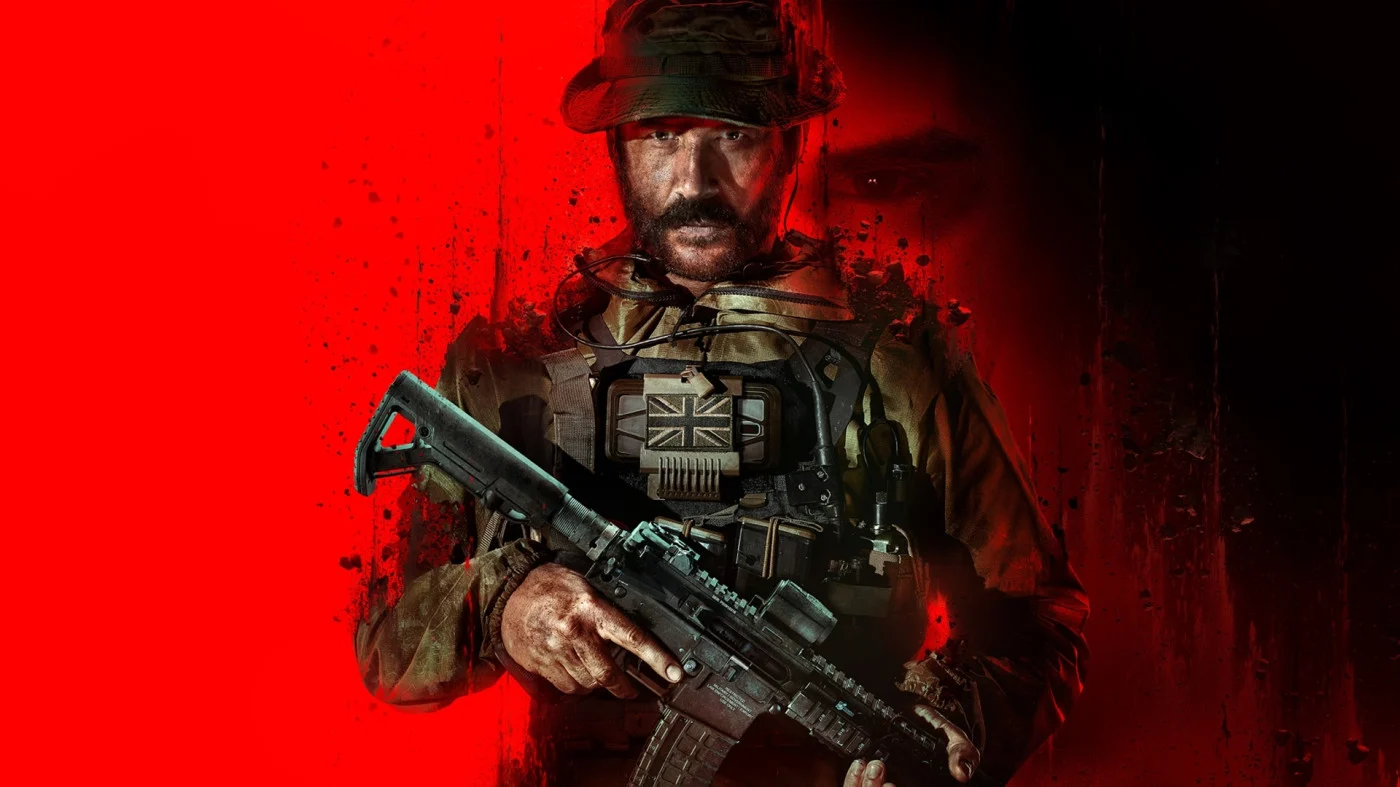
Call of Duty – The History Behind the Legend
The “Call of Duty” (COD) series has long been celebrated for its intricate and realistic portrayal of warfare. Activision Publishing plays a crucial role in the production and distribution of the Call of Duty series, contributing to its widespread success. Central to this experience is the diverse array of weaponry available across its many installments, from the historical rifles of “Call of Duty: WWII” to the futuristic armaments of “Call of Duty: Advanced Warfare.” This article delves deep into the evolution, mechanics, and cultural impact of the weapons that have defined the COD series, ensuring players have the strategic edge in both historical and hypothetical conflicts.
The Genesis of Call of Duty Modern Warfare Weaponry
The initial “Call of Duty” game set a foundational approach to weapons design that focused on realism and historical accuracy. This was particularly evident in titles like “Call of Duty 2” and “Call of Duty 3,” where the weapons not only looked period-accurate but also behaved as their real-world counterparts would, considering factors such as reload speed, recoil, and firing rate. As the series progressed into the modern era with “Call of Duty 4: Modern Warfare,” the arsenal expanded significantly. This title, building on the legacy of the original Modern Warfare, introduced players to modern-day firearms, which required a new level of engagement with weapon mechanics, including the customization of attachments and loadouts.
Evolution Through the Ages
As the settings of COD games have varied greatly—from the battlefields of World War II to the speculative futures of the 2060s—the weapons featured have also evolved. “Modern Warfare II” played a crucial role in this evolution, setting a new standard for weapon customization features. “Call of Duty: Modern Warfare” (2019) marked a significant point, emphasizing weapon customization through the Gunsmith feature, allowing players to modify almost every aspect of their weapon. This level of customization was not just about aesthetics but also about enhancing the weapon’s performance to suit individual play styles, a feature that has been refined in subsequent titles like “Call of Duty: Warzone.”
Iconic Weapons and Their Impact
Certain weapons have become icons in their own right within the COD community. Captain Price, a key character in the narrative of Call of Duty: Modern Warfare III, is often associated with these iconic weapons, underscoring his leadership role within Task Force 141. The AK-47, featured in almost every COD game, is revered for its raw power and versatility across different game modes. Similarly, the M16 rifle, especially its portrayal in “Call of Duty: Modern Warfare 2,” has been a staple in the gamer’s arsenal due to its balanced performance in range and firepower. These weapons, among others, have contributed to defining the multiplayer experiences and are frequently discussed in forums and guides focused on COD gameplay.
COD Zombies and Weaponry
The “Call of Duty Zombies” mode, a beloved staple since its introduction in “Call of Duty: World at War,” offers a different take on weaponry. Here, players face waves of zombies and must use everything from classic firearms to whimsical weapons like the Ray Gun. Core Zombies features enhance the player experience by introducing new gameplay elements and missions. This mode also introduced the Pack-a-Punch machine, allowing players to upgrade their weapons to fight off tougher enemies, adding a strategic layer to weapon management. Players must fight massive hordes, emphasizing the collaborative aspect of gameplay. The open world zombies environment provides an expansive setting for battling the undead. The Treyarch Zombies story integrates with core gameplay features, enriching the overall experience.
The Realism Factor
The attention to detail in the weapon sounds, animations, and backstories adds a layer of depth that enhances the immersive experience of the game. The ultimate threat combat in the game emphasizes the intense and strategic nature of fighting against formidable challenges, requiring players to adapt their tactics and choices. “Call of Duty: Modern Warfare 3,” for instance, included enhancements in audio design to ensure that each weapon sounded unique and realistic, based on extensive research and real-world testing. This commitment to realism is not just about authenticity but also about creating a connection between the player and the game world.
Educational and Cultural Resonance
Interestingly, the weapons in COD have not just been tools of virtual combat but have also served educational purposes. The Call of Duty franchise significantly influences brand awareness and cultural impact, enhancing recognition and association through its iconic logo. They offer players insights into military history and technology, particularly through games set in specific historical periods like “Call of Duty: WWII.” The cultural impact is significant, with discussions about these weapons extending beyond gaming into debates about military technology and its implications in real life.
The weapons of “Call of Duty” are more than just digital tools for achieving objectives within the game; they are a core part of the game’s identity and an integral aspect of its global appeal. From the gritty shores of Normandy in “COD WWII” to the technologically advanced landscapes of “COD: Advanced Warfare,” the weapons carry the spirit of the era they represent. They challenge players to learn and adapt, shaping strategies and play styles, and they serve as a bridge between past, present, and speculative futures, making “Call of Duty” a cornerstone of modern gaming culture.







